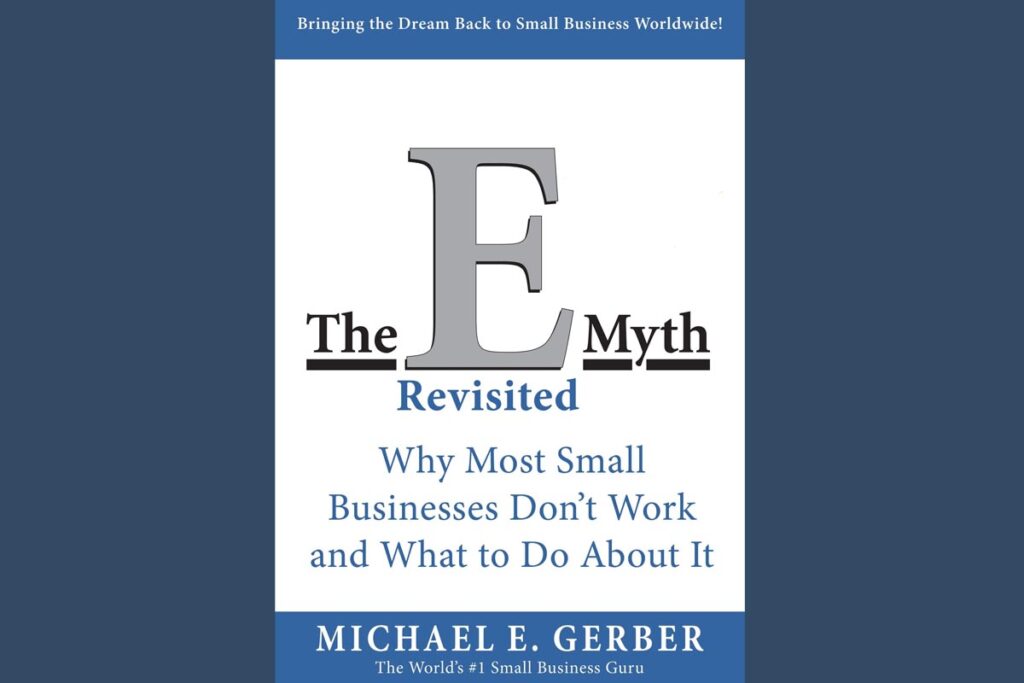I saw a headline last week: “Gig Economy to Create 10 Million New Jobs.” It sounded like progress. Like opportunity. A projected $1.8 trillion market built on remote work and flexible labor. But here’s what no one’s saying: this version of the gig economy isn’t built for people. It’s being built for machines. And in that reality, the freelancer doesn’t just lose — the freelancer disappears.
In my own business, I cut a 10-person team down to 2. Not by hustling harder — by integrating AI agents and automating everything else. Same output, less friction, no overhead. That’s not a theory. That’s operational truth. If that shift is happening in small teams like mine, imagine what’s unfolding inside big tech, quietly, at scale.
The platforms may still exist. Upwork. Fiverr. Freelancer.com. But scroll through the listings. Half of them are already cluttered with AI-generated proposals, automated replies, and race-to-the-bottom pricing. The rest? Slowly being replaced by tools that don’t invoice. Don’t sleep. Don’t miss deadlines. This isn’t augmentation — it’s replacement.
The gig economy isn’t evolving. It’s hollowing out. What looked like a freelance revolution has turned into a machine-run production line. Humans were phase one. Agents are phase two. The flexibility, the autonomy, the dream — it’s all being quietly written out of the equation.
If you still think the gig economy is growing, look closer. It’s growing without you.




